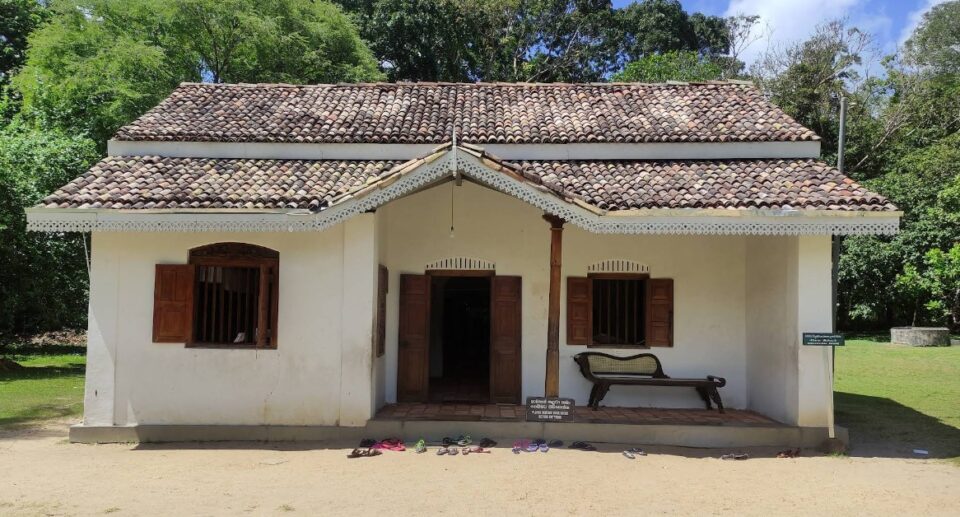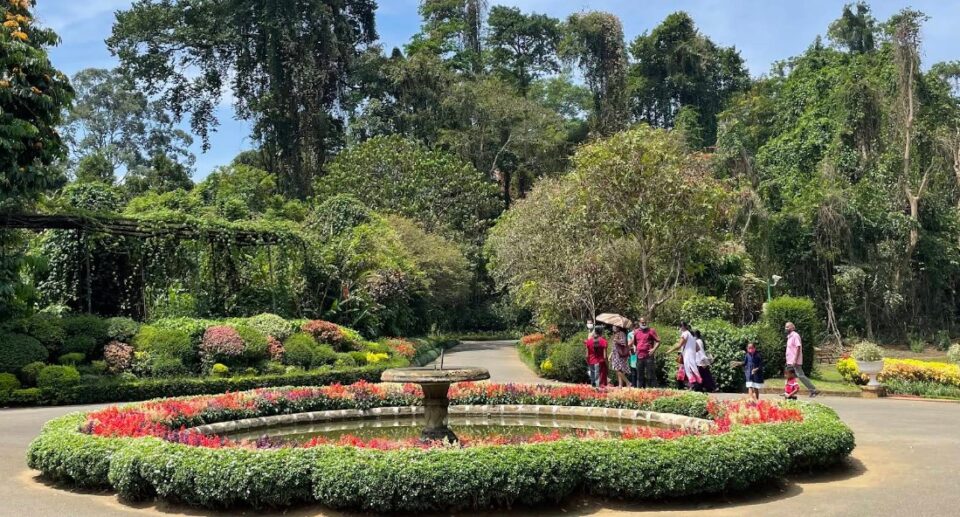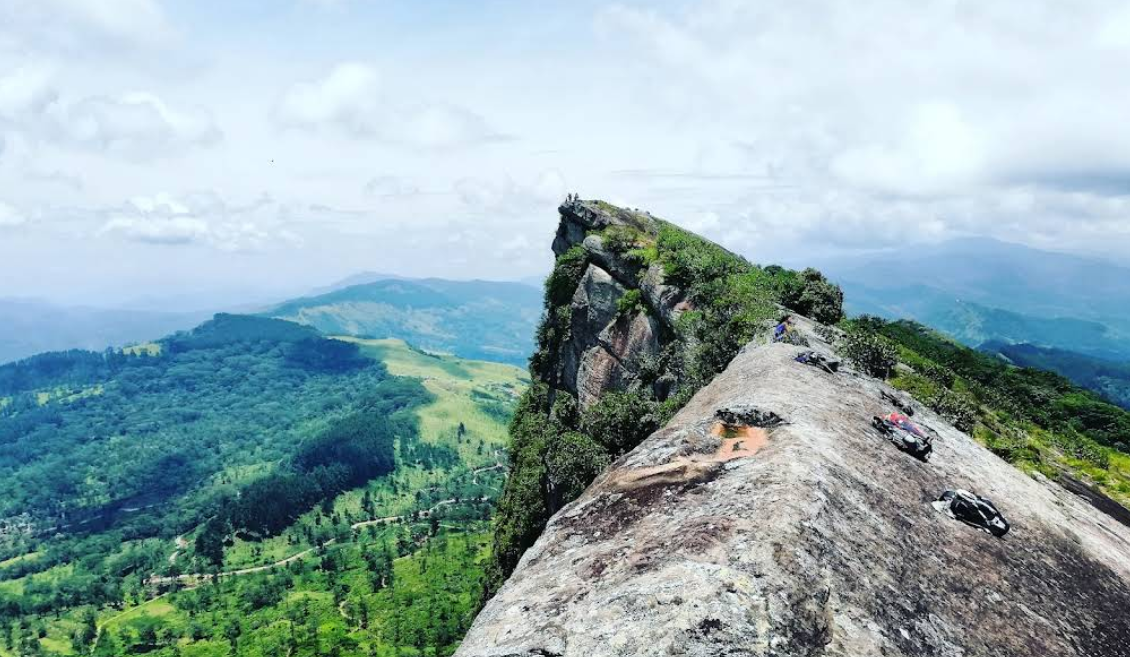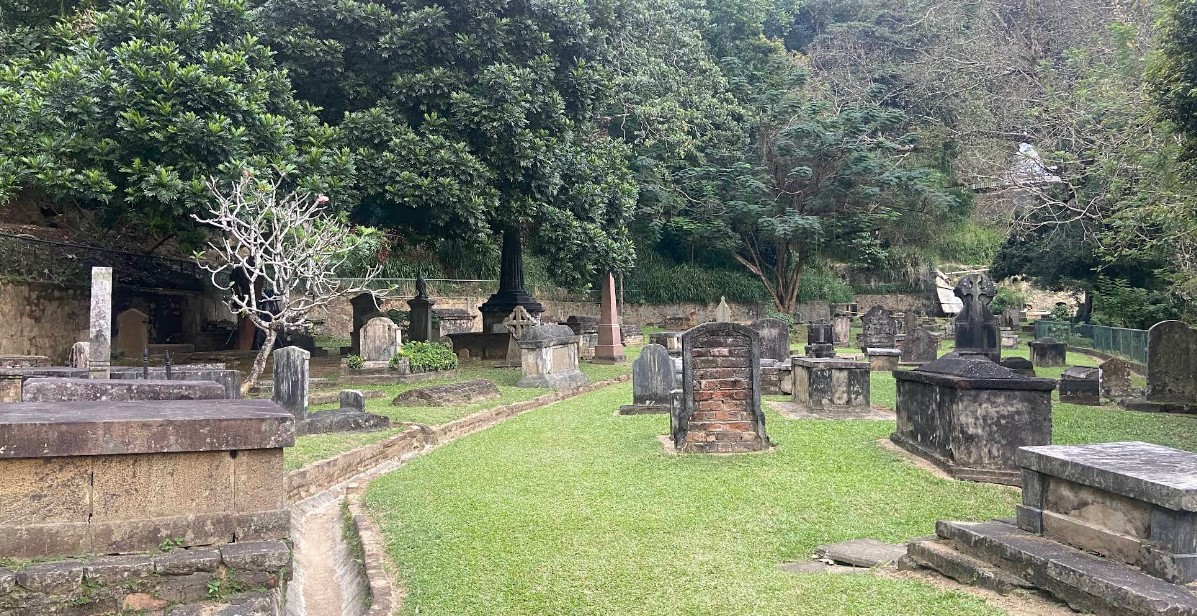National Museum of Galle: Preserving Southern Sri Lanka’s Cultural Heritage
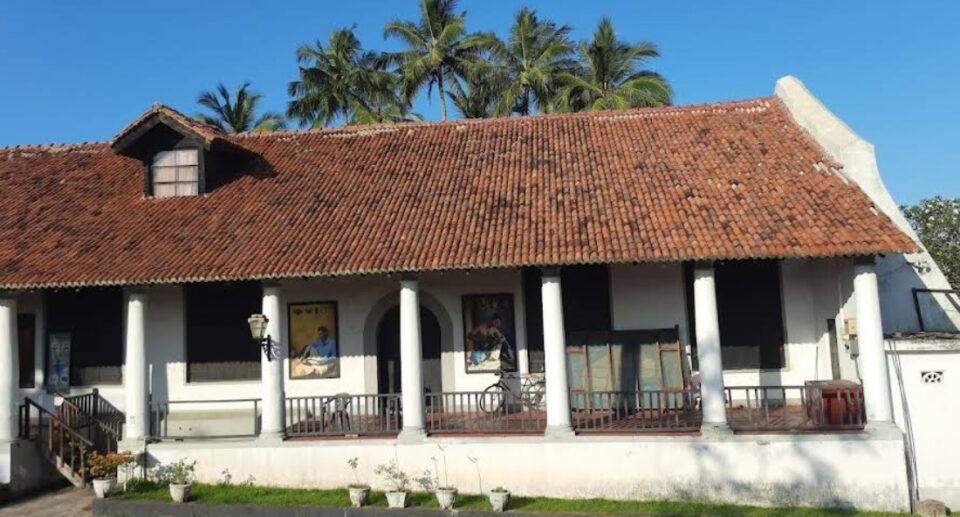
Located within the ancient Galle Fort, a UNESCO World Heritage Site, the National Museum of Galle offers a well-rounded understanding of the rich history and culture of southern Sri Lanka. Located within the oldest Dutch building to have survived in the fort, this museum is as much a repository of artifacts as it is a narrative space in which the lives, traditions, and histories of Sri Lanka’s past come alive. From colonial relics to native crafts, the museum has an important role to play in preserving and displaying the rich and varied heritage of the region.
Historical Background
The National Museum of Galle was officially opened to the public in 1986. The building itself, however, was built in 1656 by the Dutch during their colonial rule of the island. It was initially a commissariat store, then an administrative building, and was finally converted into a museum by the Department of National Museums of Sri Lanka.
The location of the museum is symbolic it lies inside Galle Fort, an ancient fortress first built by the Portuguese during the 16th century and greatly fortified by the Dutch in the 17th century. The fort, with its town planning from a colonial era, cobblestone roads, and giant ramparts overlooking the Indian Ocean, is one of the best preserved remains of an Asian European fortified city.
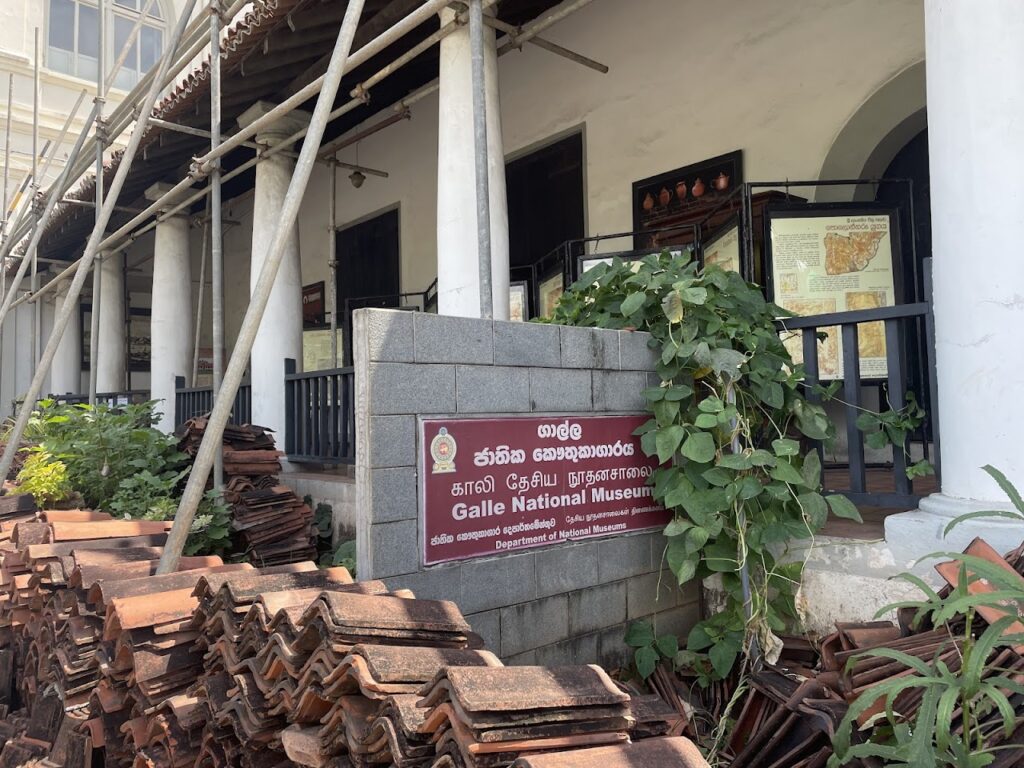
Architecture and Setting
The National Museum is housed in a lengthy, single-story Dutch coral and limestone structure. The building’s style is quite colonial, featuring thick walls, high ceilings, and arched verandas. The building was restored with considerable care to retain its historical integrity for use as a modern exhibition facility.
Set in the serene and charming alleys of Galle Fort, the museum is surrounded by colonial-era buildings, small cafés, art galleries, and boutiques. Its compact entrance hides the quantity of history inside. The interior layout takes visitors on a chronologically and thematically ordered journey of the cultural and historical evolution of the southern province.
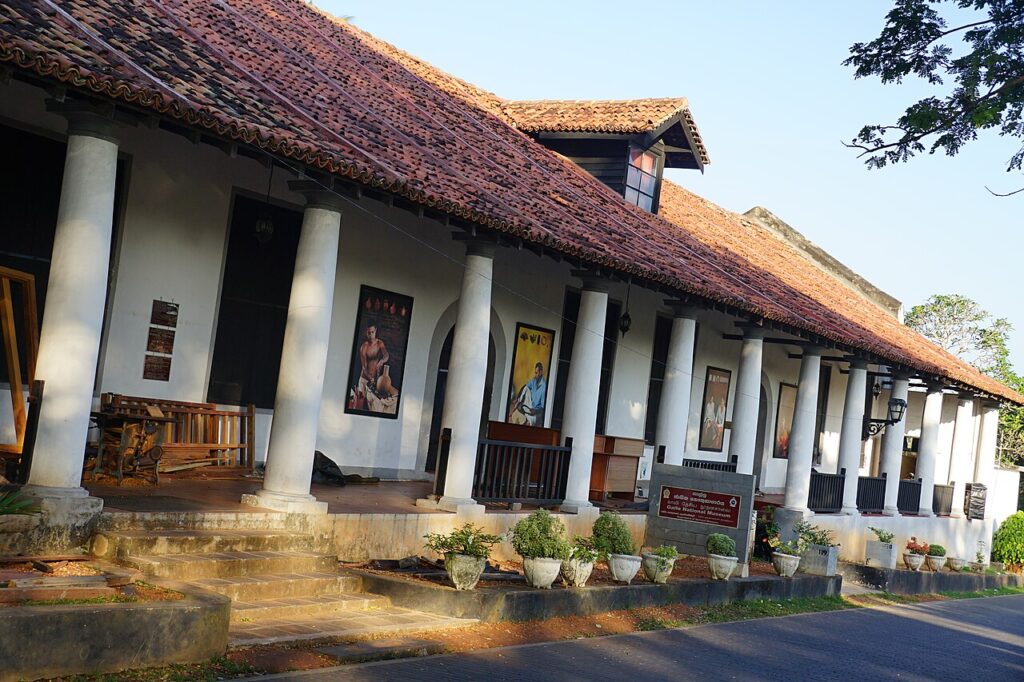
Collections and Exhibits
The galleries of the museum stretch over several centuries from pre-colonial, colonial, and post independence eras. So do its collections reflect the multi-religious, multi-ethnic heritage of the region and local craftsmanship, the daily life and maritime traditions as well as concerns of southern Sri Lanka.
- Southern Folk Culture
Most energetic section of the museum is exhibiting southern Sri Lanka’s folk culture. Display of rituals and healing ceremony masks, puppets used in the folk theater made of wood, kitchen appliances, and the instruments utilized for agriculture and fishing are a few examples. These artefacts provide one with an insight into the lives of ordinary people and the ancient traditions.
The set of traditional masks employed in Kolam and Sanni Yakuma dances is especially impressive. The masks, made of thin wood and painted with bright colors, were employed in ritual dances aimed at healing diseases or entertaining villagers.
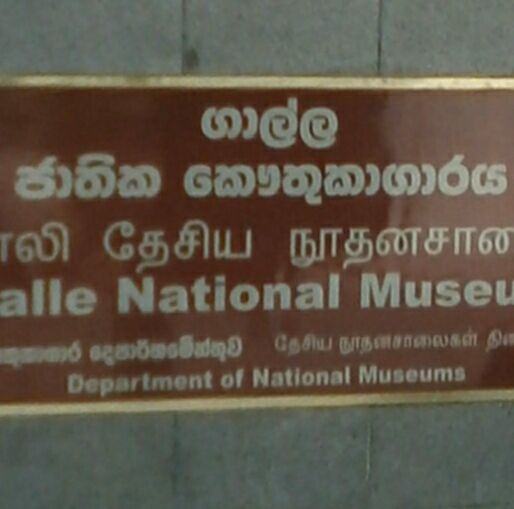
- Colonial History
The museum houses several items from the Portuguese, Dutch, and British periods, ranging from weapons and coins to uniforms, porcelain, and trade materials. They provide evidence of the colonial history of Galle, which was a prominent trade port for spices, gems, and textiles.
A highlight is the display of Dutch furniture and ceramics, showing the blending of European design with local craftsmanship. Some of the pieces, including intricately carved cupboards and porcelain dinner plates, were owned by colonial administrators and give a glimpse into elite colonial life.
- Religious and Artistic Heritage
The museum also contains another section that deals with Buddhist and Hindu religious objects, including stone and bronze images, ancient manuscripts, and ritual objects. These objects date from Anuradhapura and Polonnaruwa times but were discovered in the southern provinces.
There are also palm-leaf manuscripts and ancient scripts in Pali and Sinhala, indicating the region’s rich literary and religious tradition. Traditional Sri Lankan art forms are exemplified in paintings and carvings, with motifs derived from nature and mythology.
- Maritime Connections
Its historical maritime significance is recreated in navigation, seafaring, and trade-oriented displays. Ship models, aids to navigation, and maps illustrate how the port of Galle connected Sri Lanka with countries of the Indian Ocean, ranging from Arabia to Southeast Asia.
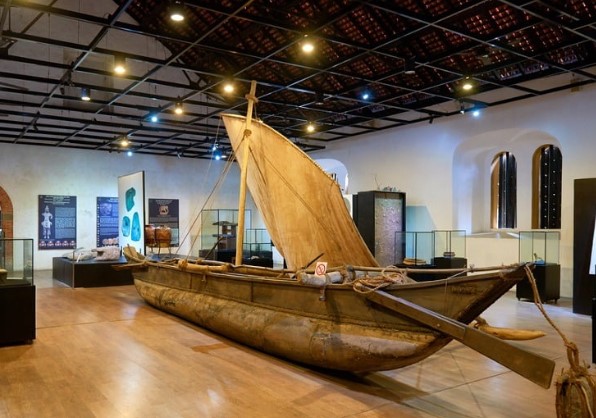
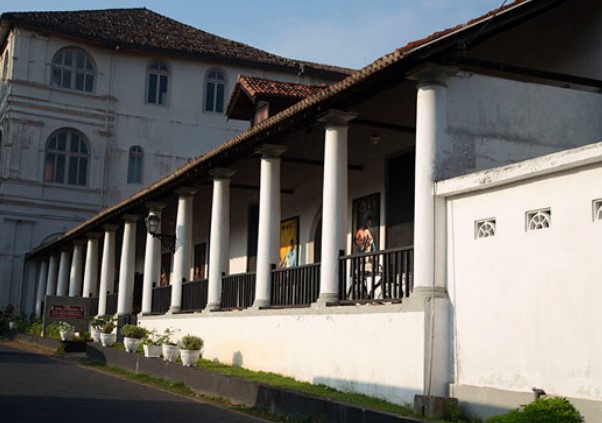
The museum also features exhibits on underwater archaeology and shipwrecks, stressing the strategic seafaring value of the area and the hazards encountered by seafaring merchants and sailors.
Educational and Cultural Role
The National Museum of Galle is not only a preservation facility but also an important educational institution. It has regular visits by school groups, university researchers, and overseas visitors. By guided tours, education programs, and special exhibitions, the museum attempts to encourage better understanding of the southern heritage of Sri Lanka.
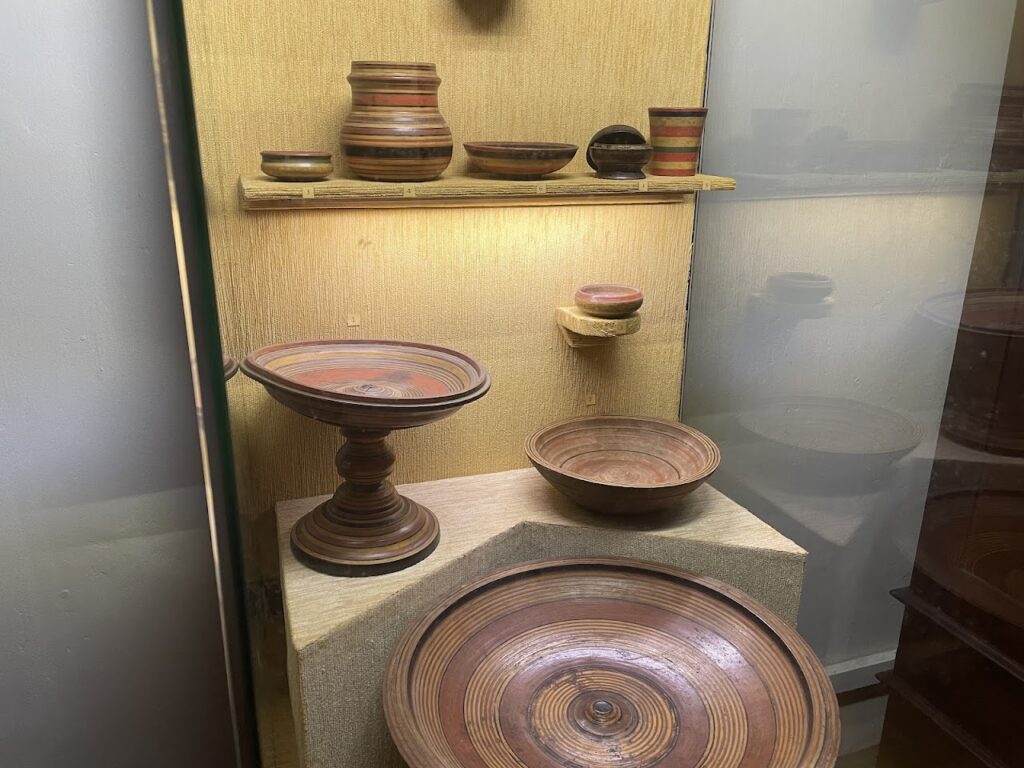
Additionally, the museum also encourages cultural preservation by bringing to the limelight disappearing traditions and crafts. It works with local craftspeople to document and in certain instances even restore traditional skills such as mask-making and puppetry that are at risk of disappearance in the modern times.
Visitor Experience
The museum patrons typically find the atmosphere subdued, reflective, and highly informative. The exhibits are described in plain and easy-to-read language, with Sinhala, Tamil, and English descriptions. Although the museum is not as comprehensive or current as some city museums, its charm lies in its simplicity and focus on local culture.
Located in convenient walking distance of the Galle Fort Lighthouse and other attractions, the museum is a natural place for all who stroll around the fort. It usually takes 30 to 60 minutes to view everything, though history enthusiasts will likely linger longer.
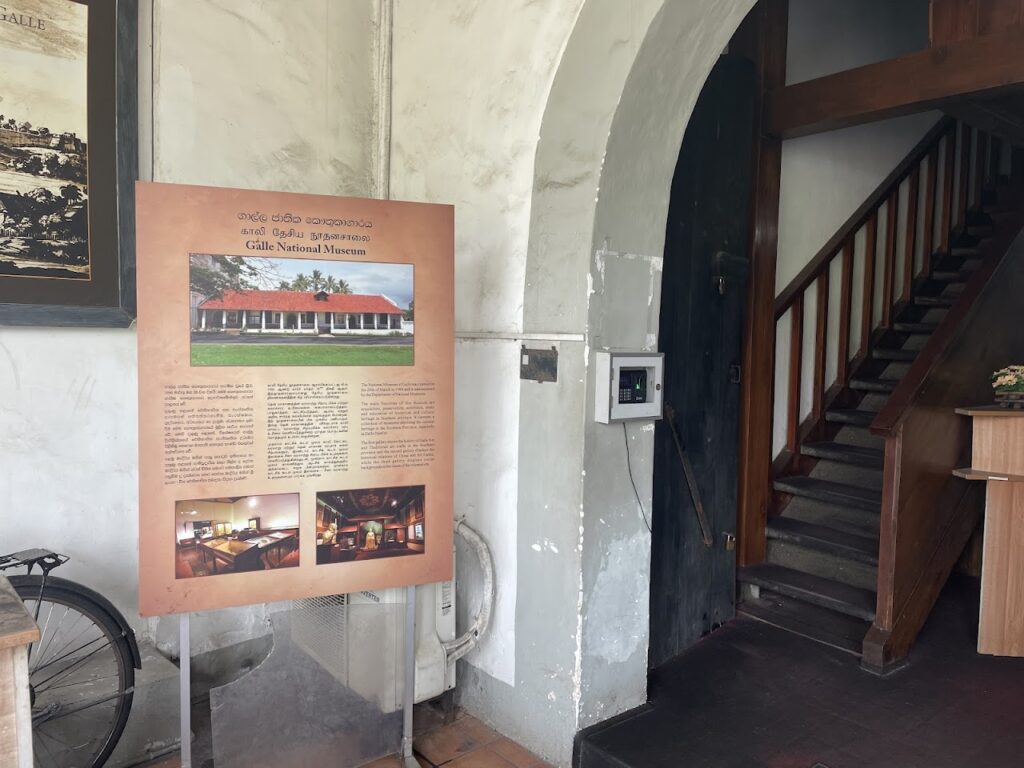
Preservation Challenges and Future Plans
Like most of the ancient buildings, the National Museum of Galle also faces preservation, finance, and modernization issues on a regular basis. Salty sea air damage, dampness, and the effect of tourism put the building and collection at risk. In spite of that, with support from the Department of National Museums as well as from UNESCO programs, conservation work is underway to save the building as well as the contents that it holds.
Digitization programs and interactive exhibition displays have even been suggested for making the museum more engaging to young travelers as well as tourists from other nations.
The National Museum of Galle is a prestigious cultural facility which preserves and maintains the affluent historical past of south Sri Lanka. From colonial objects to popular folklore, its exhibits provide an encompassing image of the region’s varied and living past. Located in a building itself a relic of the past, the museum itself is a bridge through the ages. its existence reminding tourists of Sri Lankan tenacity, imagination, and cultural richness. For anyone interested in history, art, or anthropology, a trip to the museum is an enlightening one.
Contact Information
Address: Church St, Galle 80000, Sri Lanka
Founded: March 31, 1986
Phone: 0912 232 051
Open Hours – 9AM – 5PM
Map of The National Museum of Galle






